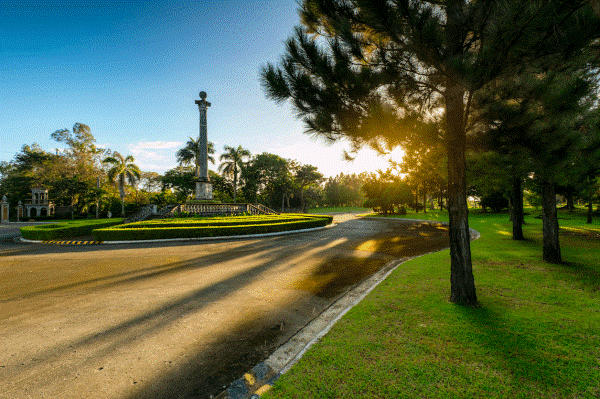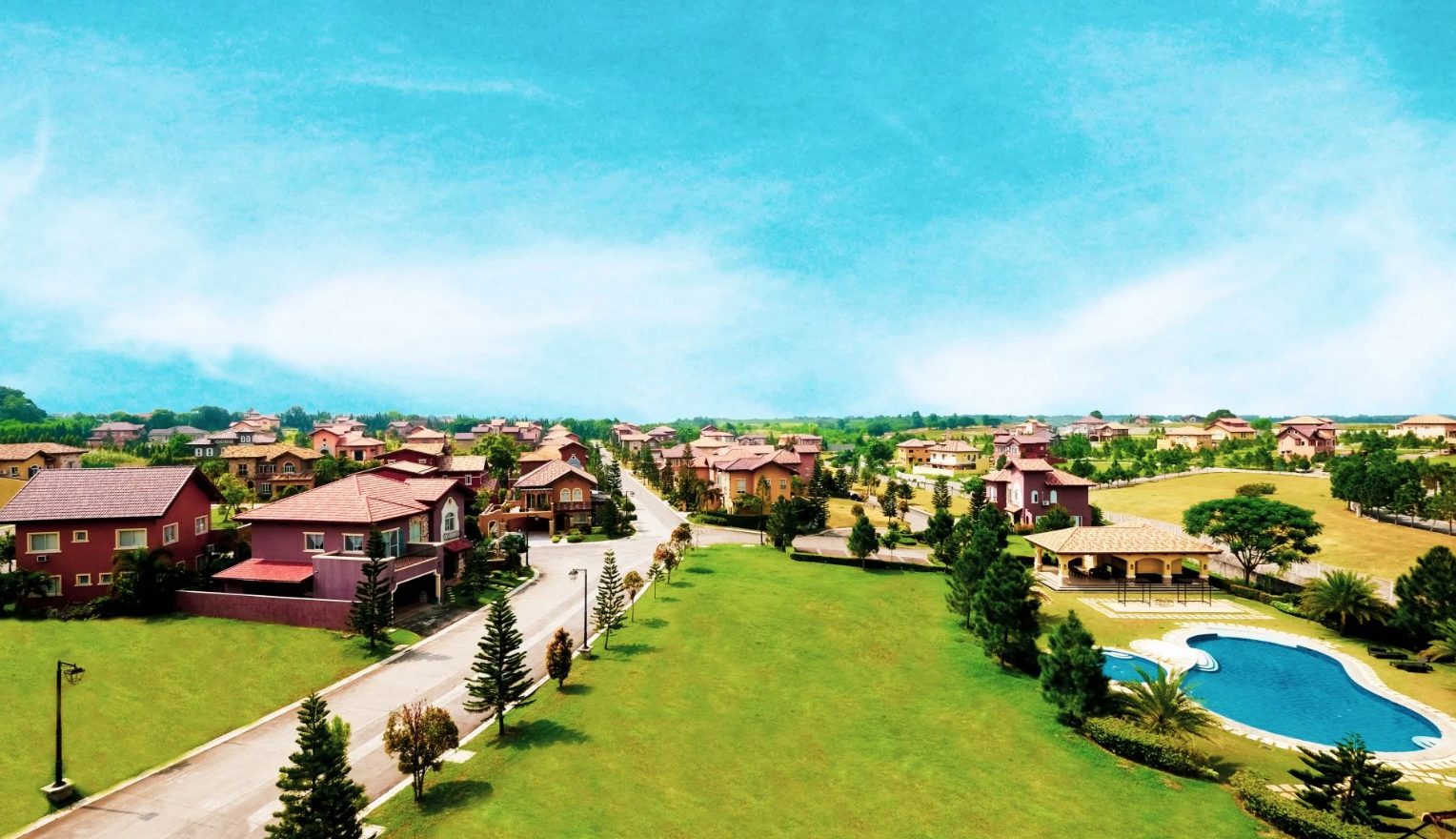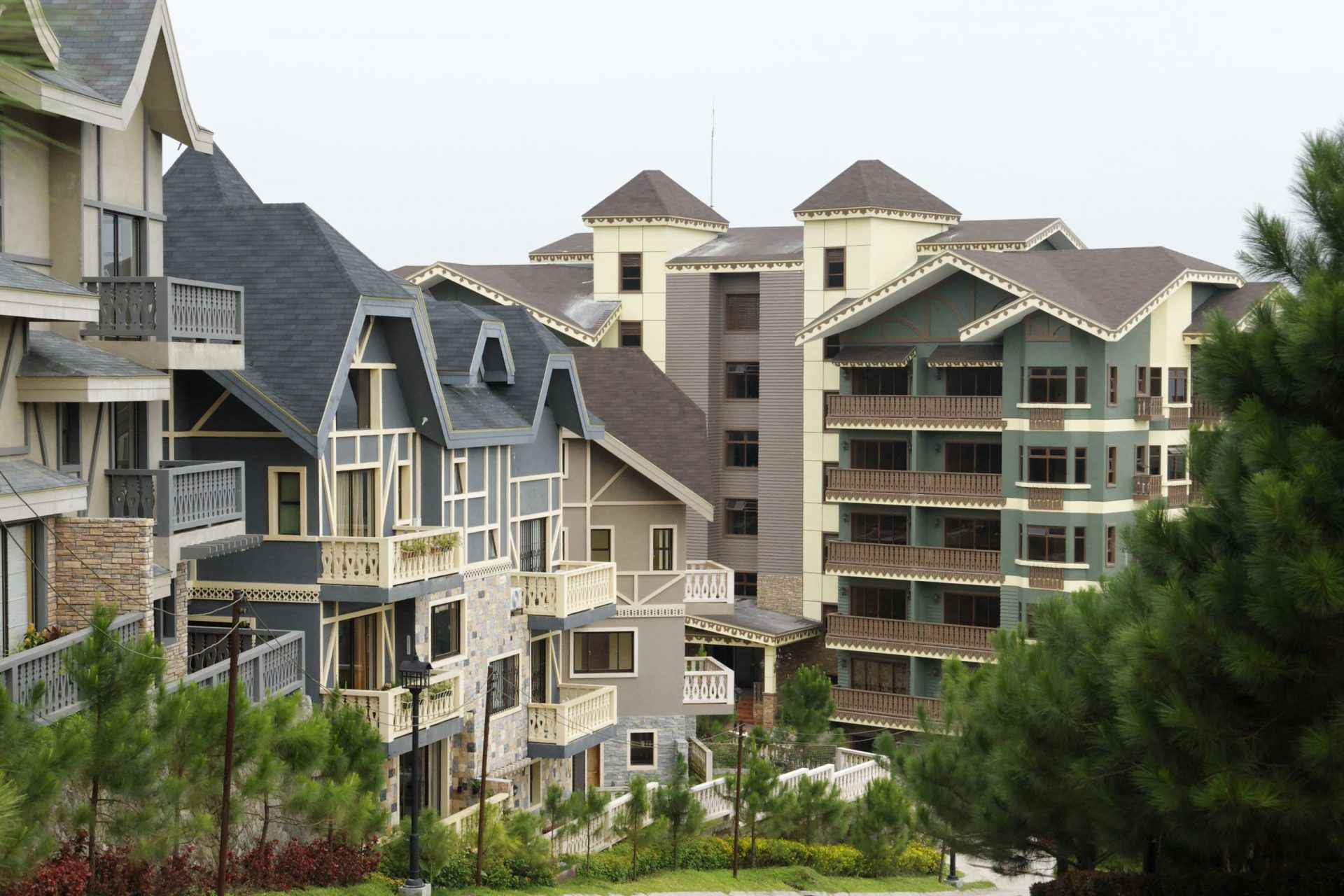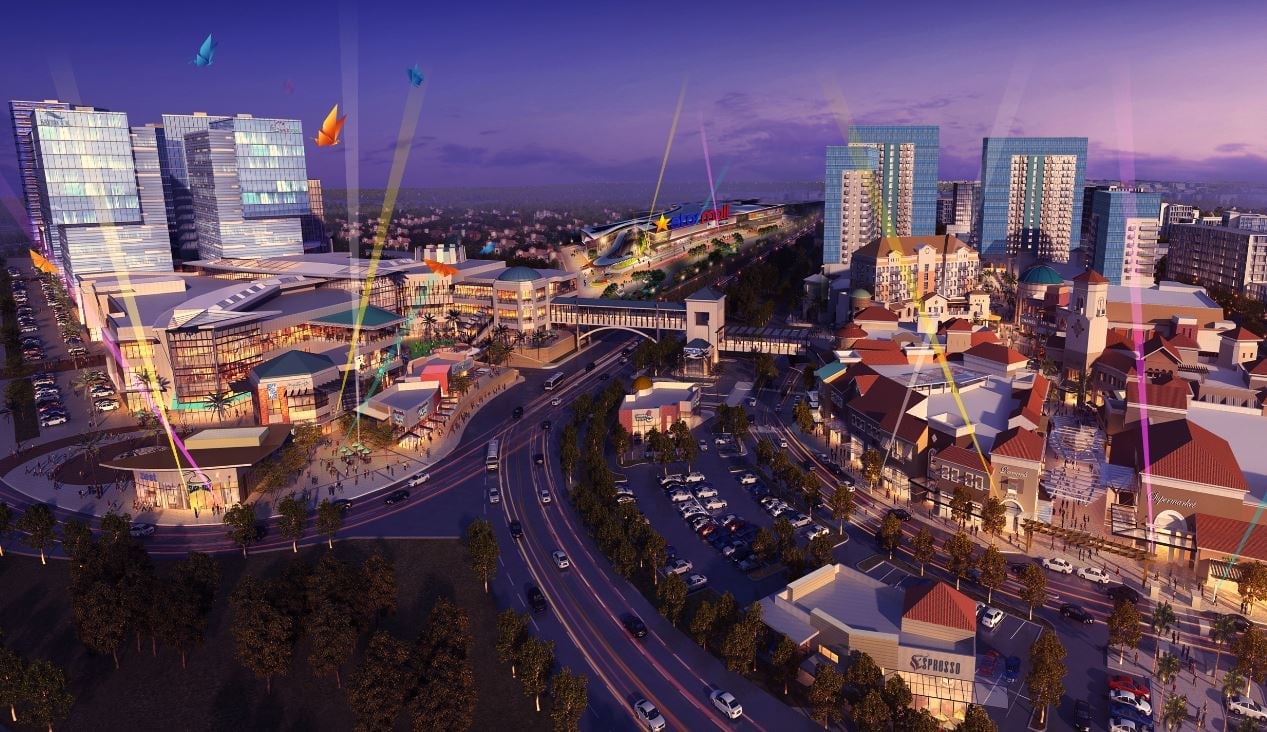BLOGS
Flood Proof Areas In The Philippines
The Philippines has two main seasons which are the dry season– which typically starts from December to May and the wet season- that starts from June to November. During the wet season, the country receives heavy rains due to the monsoon winds and the influence of typhoons. Rainfall can vary across different regions of the Philippines, with some areas experiencing more rainfall than others. And as the rainy season starts one common problem starts to arise heavy flooding.
Floods are relatively common in the Philippines, particularly during the wet season. The country’s geography, with its numerous rivers and mountainous terrain, combined with heavy rainfall and occasional typhoons, makes it susceptible to flooding. Low-lying areas, urban centers with inadequate drainage systems, and regions near rivers and coastlines are particularly prone to flooding. Some major cities, such as Manila, have experienced significant flooding in the past. The Philippine government and local authorities have implemented various measures to mitigate the impact of floods, including the construction of flood control systems and early warning systems. However, flooding still remains a recurrent challenge in certain parts of the country.
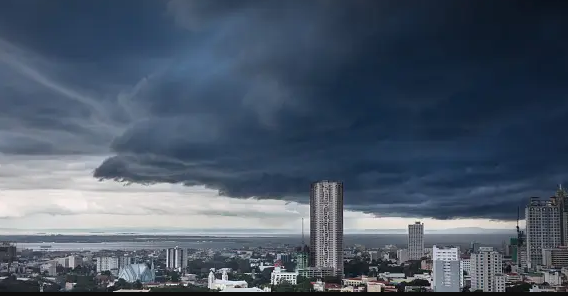
One of the most crucial elements you should think about when acquiring an investment of Philippine real estate is the location. To protect your family from the dangers of floodwater and to get the most out of your investment, you should normally opt for a property that is not subject to flooding. But if you are virtually looking for a home alongside the flood proof areas in the Philippines, there are still areas where you can sleep at peace without the worry of rising waters. We will give you a list of areas where flooding is less common, so keep on reading!
Safest Places in the Philippines: Which areas have the lowest risk of flood in Metro Manila?
While there are no completely flood-proof areas in the Philippines, there are some regions or cities such a beautiful area that are less prone to flooding compared to others. These areas or the previous cities included in the recent research, generally have better urban planning, drainage systems, and geographical features that help minimize the risk of flooding. Here are the cities inside Metro Manila:
-
Quezon City
One may argue that Quezon City has among the metro’s least prone to flooding areas. Granted, parts of Quebec City are frequently shown in the news as being knee-deep in water and impassable, but the city also happens to be the largest in terms of land, thus there are many locations that do not turn into kiddie pools after heavy rain.
The city government and Metropolitan Manila Development Authority (MMDA) have advised locals and commuters to stay away from places like Quezon Avenue, Philcoa, and North Avenue, but those in QC can find comfort in the fact that places like Diliman, Teachers Village West, Cubao, Santa Mesa Heights, and many others are largely free from the threat of flooding.
-
Muntinlupa City
Muntinlupa is almost completely flood proof, with the exception of the portions of the city that face Laguna de Bay and would therefore naturally be a little more vulnerable to flooding given their closeness to a big natural body of water. The fact that none of its areas are listed on the most recent MMDA listings of flood-prone zones serves as evidence.
Alabang, located in Muntinlupa City within Metro Manila, is a prime location. One of the ideal locations for your new luxury house and lot in Metro Manila is Vista Alabang because of its exclusivity, themed living, and grandeur. Alabang’s city government and relevant authorities have implemented measures to address flooding issues, including the improvement of drainage infrastructure. They are the first major city to completely prohibit Styrofoam and plastic packaging, thereby getting rid of the waste materials that are frequently cited for clogged drainage systems.
-
Valenzuela City
Valenzuela City has undertaken initiatives to address the issue of flooding, including the construction of flood control structures such as dikes, pumping stations, and drainage systems. These infrastructure projects aim to reduce the impact of flooding and improve the city’s resilience to flood events. However, the effectiveness of these measures may vary depending on the intensity and duration of rainfall, as well as other factors such as topography and urban development.
-
Makati City
Purchasing a home in the big city of Makati, the Philippines’ financial center, can provide high investment returns. The value of real estate holdings in Makati is guaranteed to rise consistently thanks to a variety of businesses, commercial hubs, lifestyle destinations, and mixed-use buildings. The Makati LGU, which protects the majority of the city from flooding during periods of heavy rain because it serves as a commercial and financial hub, often conducts dredging operations and cleaning operations.
Living here is considered safe because aside from Makati City’s crime index rate of 59.48 points (considered as a low crime rate category city), the city has initiated several programs for adapting to climate change as well.
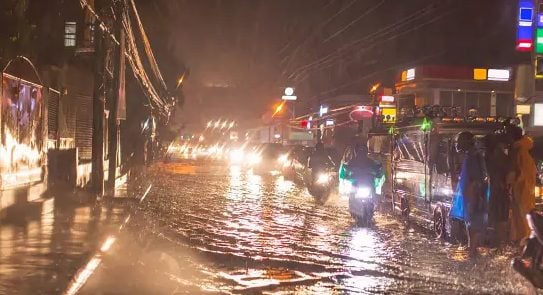
Other flood proof areas in the Philippines (Outside Metro Manila)
If you are not into the bustling streets, lively nightlife, and traffic jams of the cities, there are still flood proof areas in the Philippines outside Manila.
-
Laguna (Sta. Rosa)
Although Santa Rosa is situated near Laguna de Bay, like other cities mentioned above, the city has taken several actions to address and mitigate flooding in the area. These actions are aimed at reducing the impact of flooding and protecting the local communities. Santa Rosa has likely invested in improving its drainage system to enhance water flow and prevent waterlogging. This includes regular maintenance, cleaning of canals, and upgrading existing drainage infrastructure.
The perfect prime location for your home is at Brittany Sta. Rosa where you can feel safe and secured from all environmental threats. Instead, you will be at peace with the nature-inspired homes and classical-themed luxury houses.
-
Tagaytay City
Tagaytay, being situated at a higher elevation compared to low-lying areas, is generally less prone to flooding compared to many other parts of the Philippines. However, it is important to note that no area can be considered completely flood-proof. To mitigate the impact of potential flooding, the local authorities in Tagaytay have also implemented measures such as maintaining drainage systems, improving infrastructure, and monitoring weather conditions. These efforts aim to minimize the risk of flooding and protect the local communities.
Living in Tagaytay City is like a dream because of its photo worthy sites, amusement parks, amazing tourist locale, and delightful food. Tourists suggest that owning a home here is a great investment.
-
Davao City
Davao City has a relatively well-developed drainage system, including canals and flood control infrastructure, to manage the flow of water during heavy rainfall. The local government regularly conducts maintenance and improvements to mitigate flooding risks. However, severe weather conditions, such as intense or prolonged rainfall, can still lead to localized flooding but not heavy flooding in certain areas.
Aside from the safety from natural disaster here are some things that add up to the reason of living in Davao. You can visit Davao Crocodile Park in Davao City if you want to learn more about the crocodiles’ native habitat and how Davao City supports the preservation of wildlife in the area, try amazing food, especially exotic food, and visit tourists spots like Davao falls. Living in Davao City is highly recommended because of its colorful culture, deserted beaches, respect for local tribes, and delectable cuisine.
Suggested Read: 7 Reasons Why You Should Invest in A Vacation Home In Tagaytay
Suggested Read: Natural Disaster Safety Advice: How To Stay Safe Inside Your Home
Suggested Read: Philippine Emergency Numbers and Hotlines To Keep In Mind
Suggested Read: Turn Your Home Into A Safe Place During Heavy Rainfall
Suggested Read: Health Emergency Response: What You Need To Know
Suggested Read: Batangas Flood And Landslide Susceptibility Map
Suggested Read: One With Nature: Internal Garden For Your Home





